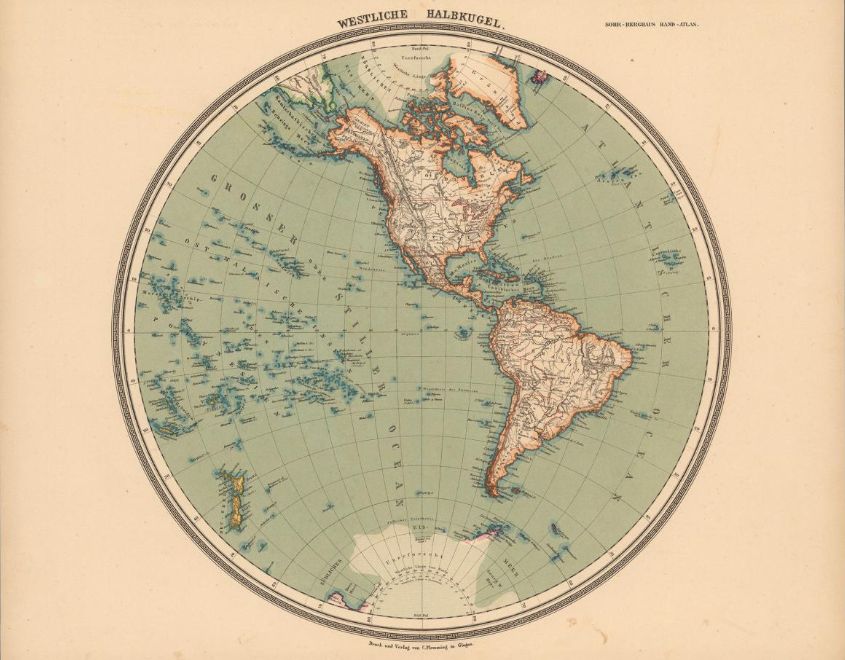#Natur
Since 8 years I’m traveling to this magical country. Today quiet and untouched places are becoming more and more rare. On my first visit to Greenland, I was fascinated by the incredible power of nature that can be felt everywhere. But during the last years things have changed. The amount of icebergs is increasing savagely. Glaciers I’m visiting every year are retreating not meters but kilometers a year and the unending amount of ice seems to be endless. There is nothing more beautiful than an iceberg – everyone is unique and the light reflecting from its surface is magical. It’s sad how close beauty and decay can be seen in an iceberg. This movie is is an appreciation to the ice – for me the most amazing aggregate state of water.
(via kfm)





